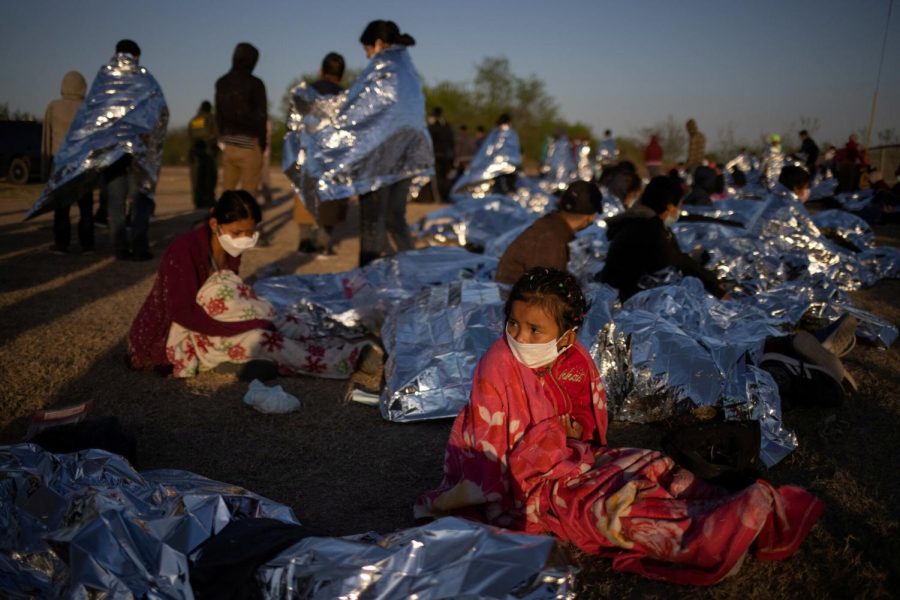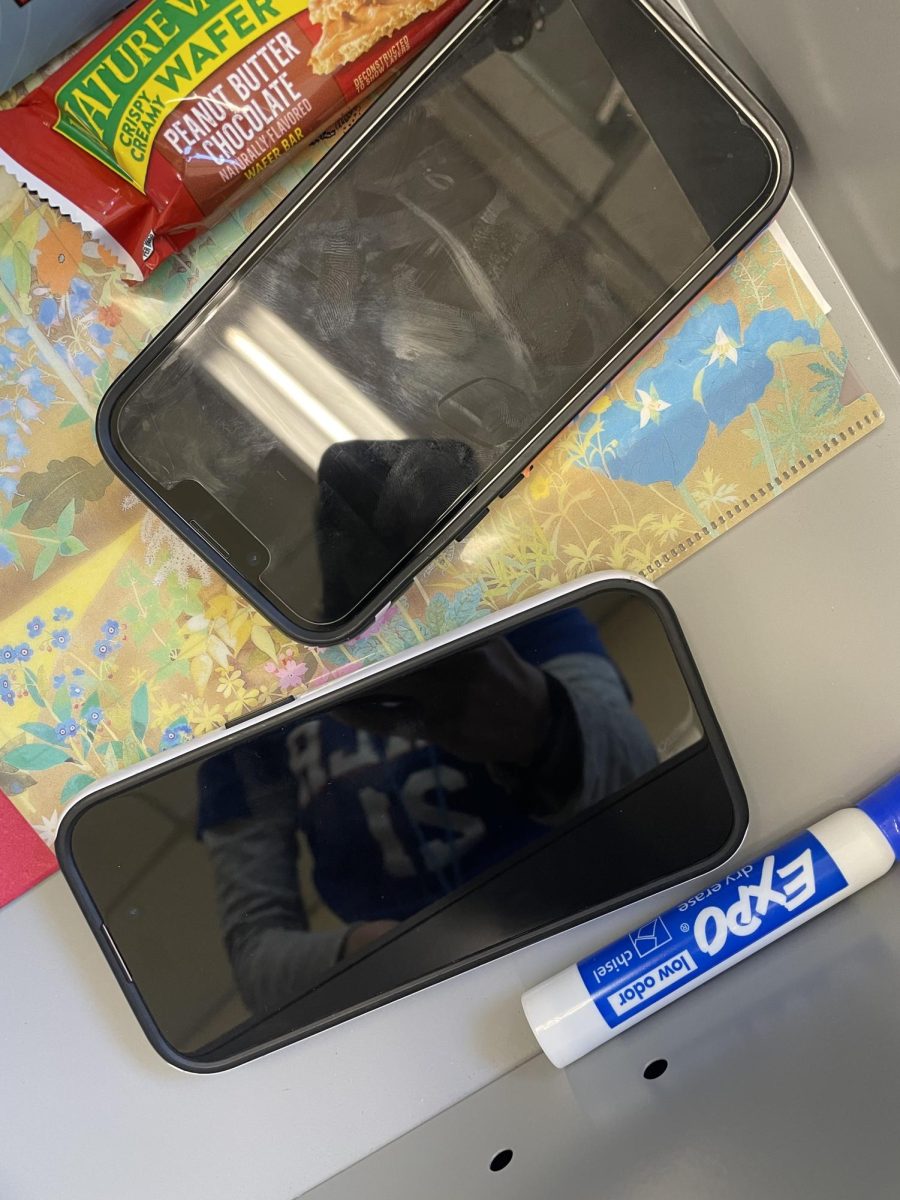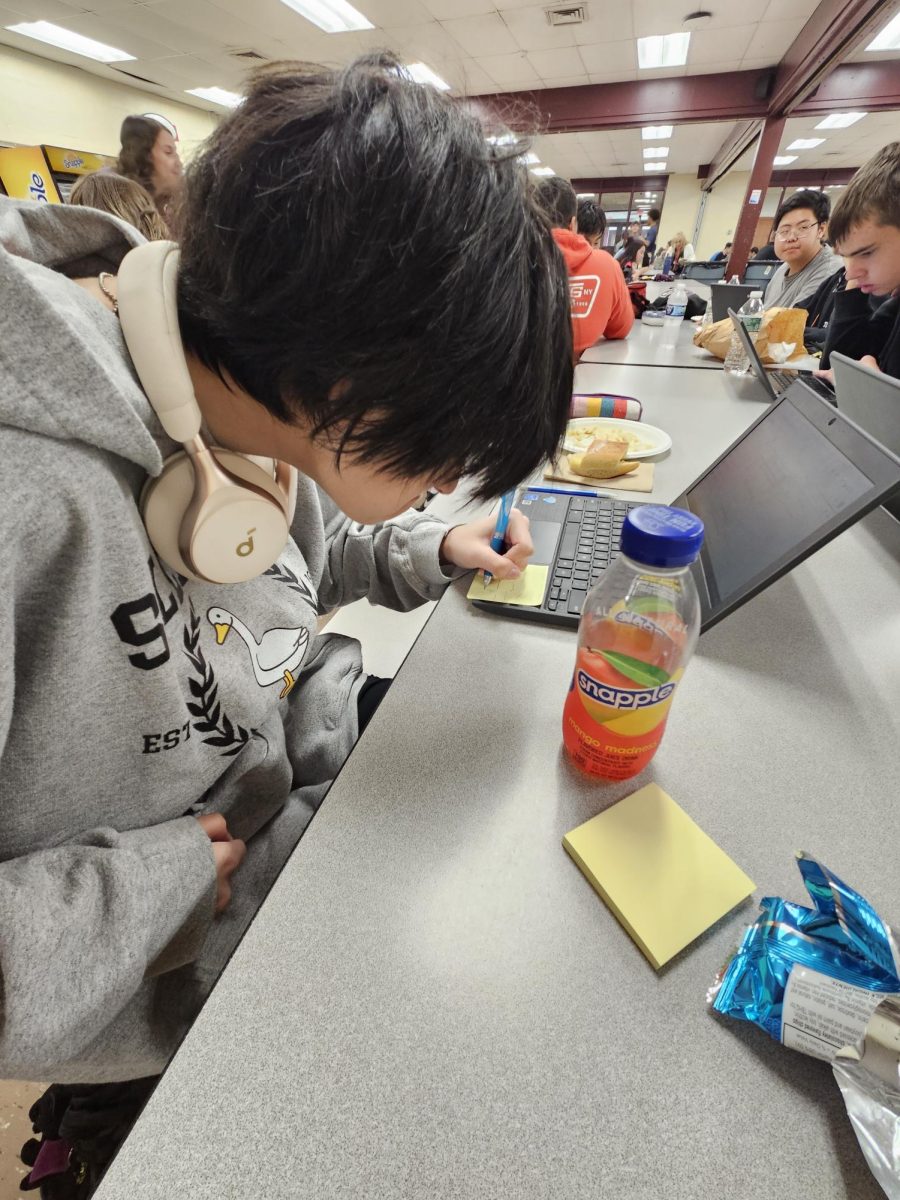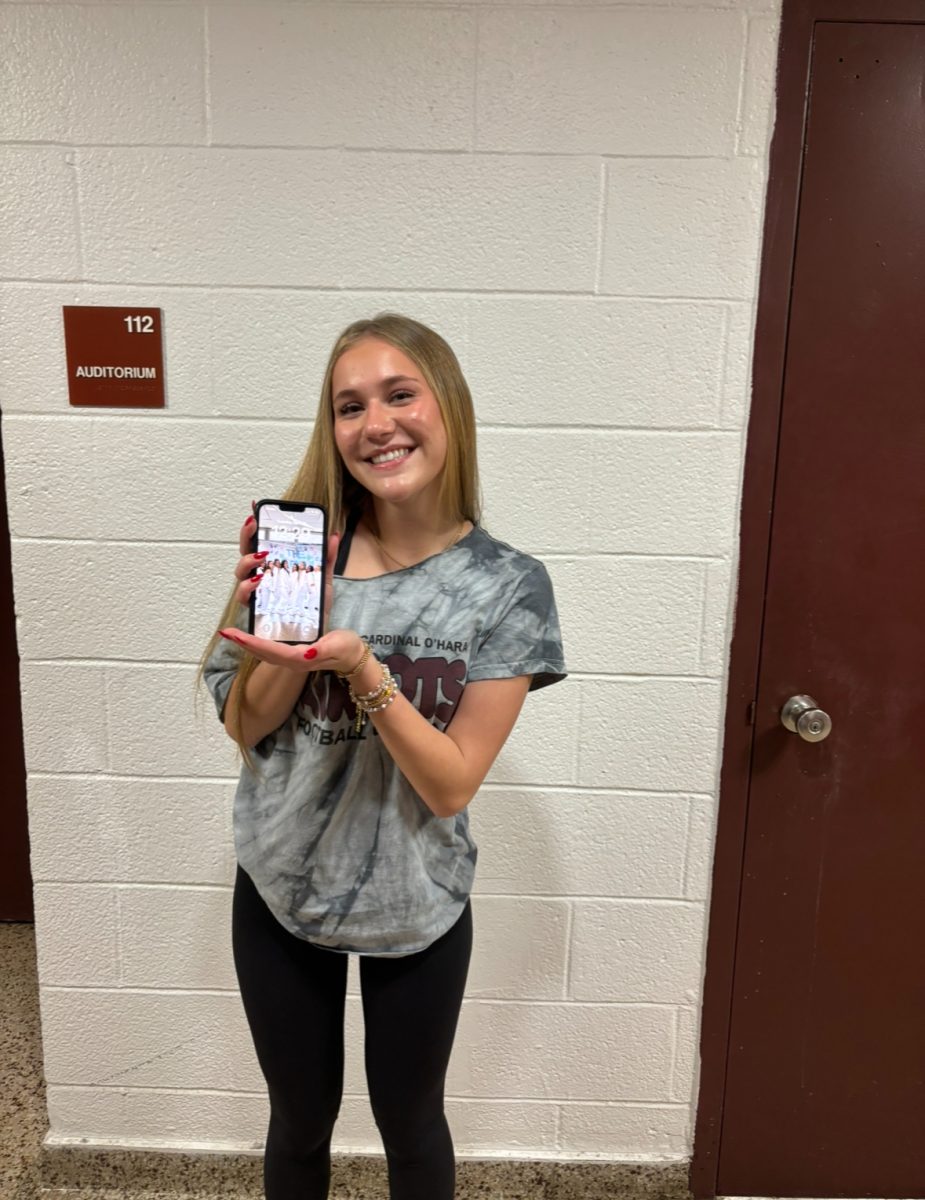Southern Border Crisis Puts Refugees in Increasing Danger
April 26, 2023
Last year, the United States Customs and Border Patrol prevented 2.7 million migrants at the Southern border from entering the United States, with almost 130,000 migrant children being placed into the government’s shelter system. Deterrence policies, weather conditions, and increasingly dangerous conditions led to the highest number of deaths in 2022. Migrants come to the border fleeing from gang violence, political conditions, and other dangers.
Title 42 is an older government policy stating that the United States can prevent people from foreign countries from entering in order to avoid the spread of disease, and was invoked during COVID-19 under the Trump administration. President Biden did pledge to end Title 42, but in December of 2023, the Supreme Court upheld the policy after many border states sued the administration. This immigration policy has left thousands in overcrowded camps and temporary shelters, waiting to request asylum—protection given by a country to someone who has left their original nation as a political refuge. While Title 42 will expire in May, new policies continue to be proposed in its place.
In February, Biden implemented more policies that limit the right to protection for migrants, allowing those seeking asylum to be turned away unless they had already been denied in another country.
Recently, the Biden administration developed the app CBP One for asylum seekers to make appointments for asylum requests, streamlining the process. However, accessing the app has proven difficult for migrants waking up early in the morning, and struggling with poor cellular connection. It also is not accessible for everyone, such as those without access to phones or who do not speak English. The app also means that aslyum-seekers who turn themselves in without an appointment may be deported. The app also requires facial recognition from users, although the software was shown to have trouble recognizing darker-toned faces. CBP One is the only way for migrants to request exceptions to Title 42.
While struggling to enter the United States, migrants face conditions such as hypothermia, starvation, and dehydration, with some even making a longer journey in efforts to gain entry. Many migrants denied in the south buy a $350 plane ticket to the Canadian (northern) border, where they are less likely to be turned away. However, many are still denied and forced to endure deadly conditions, especially in the winter season.
On March 27th at a detention center in Ciudad Juárez, a protest broke out resulting in at least 39 people dead. The Biden administration had promised to end Title 42, before rescinding the promise and adding new restrictions—the protest occurred after migrants learned they would be deported back to Mexico.
“Policies like Title 42 deny the human right to asylum, forcing people to take desperate measures that result in family separation, illness, and death. It’s terrifying that the border crisis grows more and more extreme, and that under two different presidents, no one really seems to take notice,” commented Hills senior Deanna Gaber.
“The transit ban is wholly inconsistent with a legal and humane asylum system, which the president promised when he took office,” stated Lee Gelernt, the lead immigration attorney at the American Civil Liberties Union. “We have heard nothing that legally distinguishes the Biden transit ban from the Trump ban, and would therefore immediately sue if the administration goes through with its plans.”
















